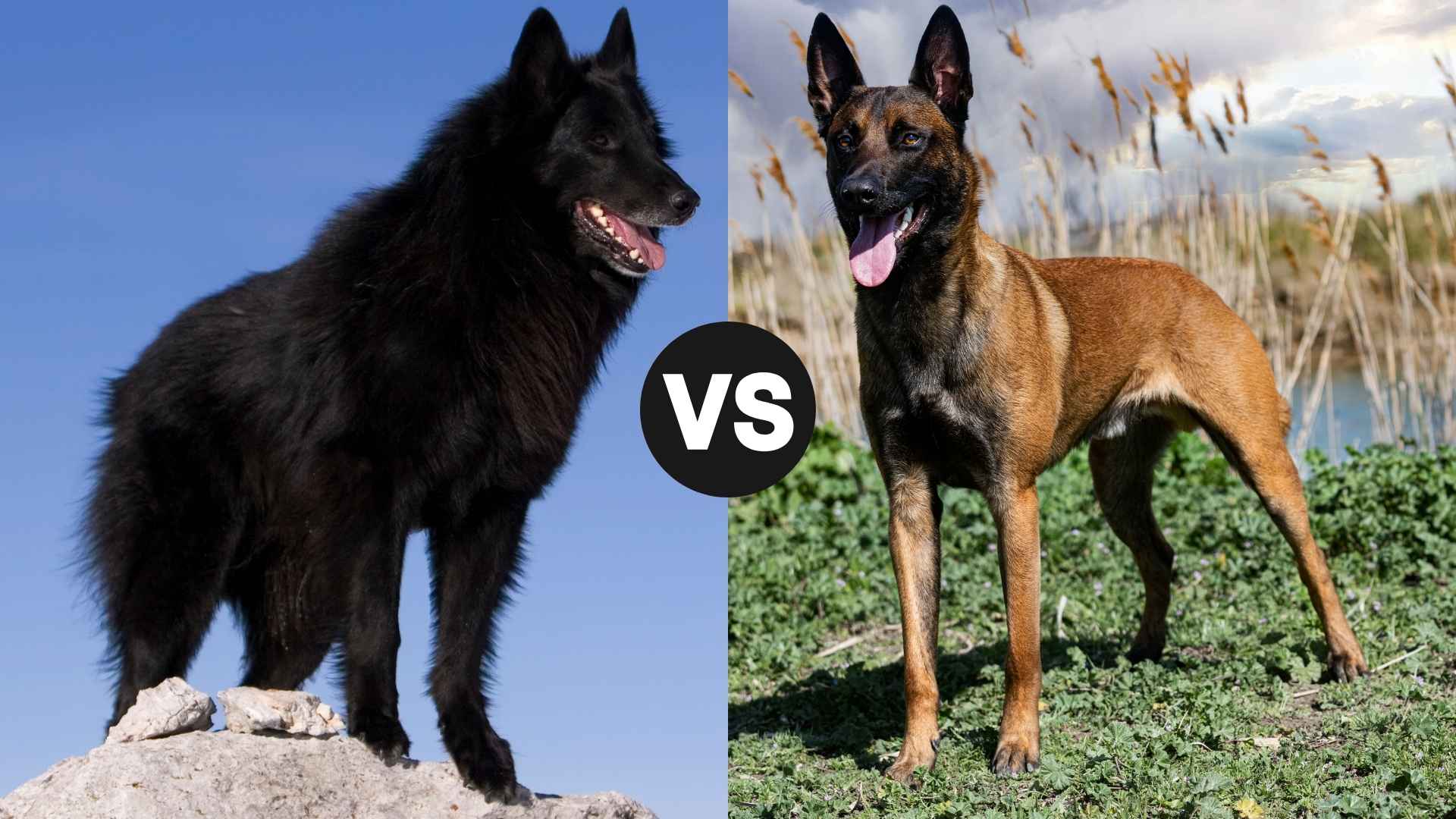There’s something about a dog that can change your entire rhythm. The way your mornings start. The way your weekends look. The way your heart opens.
With the Belgian Sheepdog (aka Belgian Shepherds) and the Belgian Malinois, you’re not just getting a pet—you’re stepping into a pace that demands more of you. And gives more back.
These dogs are not for the background. They will shape your day, challenge your focus, and reward you in ways you didn’t expect. But here’s the thing—they’re not the same. They come from the same roots, yes. But their spirit? Their daily heartbeat? That’s where the fork in the road appears.
So before you step forward, take a deep breath. Let’s explore who they really are. Because once you see them clearly, the right one won’t just stand out. It’ll call you.
Belgian Sheepdog vs. Belgian Malinois
Size, Structure, and Build
Size and frame differences
The Belgian Sheepdog has a square body with noticeable feathering on its chest and tail. Belgian Malinois dogs appear leaner and more angular, built for speed and reaction. Both are strong, but the Malinois has a tighter, more refined frame.
Height and proportions
Though both average 22–26 inches in height, how they carry themselves makes a difference. The Sheepdog’s heavier coat adds bulk to its silhouette. Malinois posture is sharper and more upright, which often makes them look taller than they are.
Function behind the build
Belgian Malinois excel in physically demanding tasks thanks to their athletic build and light structure. Their bodies are fine-tuned for quick shifts and extended work periods. These physical features reveal the breeds’ unique traits and their distinct working roles.
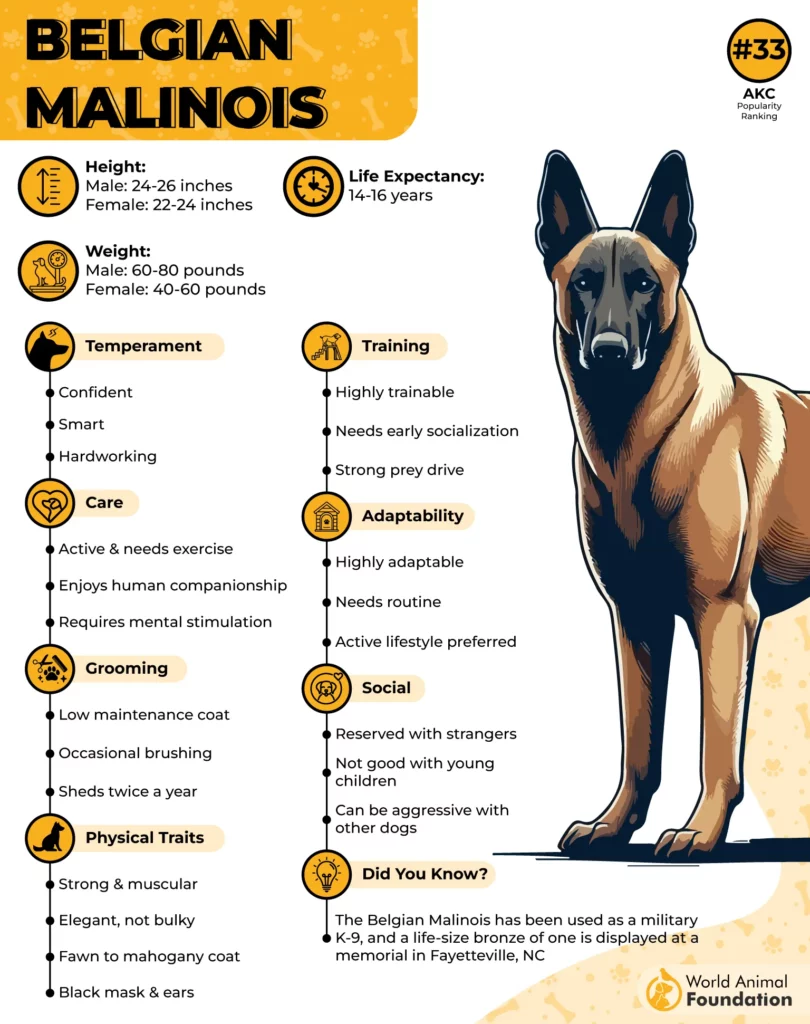
Coat Maintenance and Grooming Needs
Coat Appearance and Varieties
The Belgian Sheepdog has a long hair coat with a thick undercoat and longer guard hairs that give it a rich, textured look, as per Wahl USA. Their fur forms a natural mane around the neck, especially prominent in males. Belgian Malinois belong to the short-coated Malinois variety, with a tighter, short-haired coat that hugs the frame.
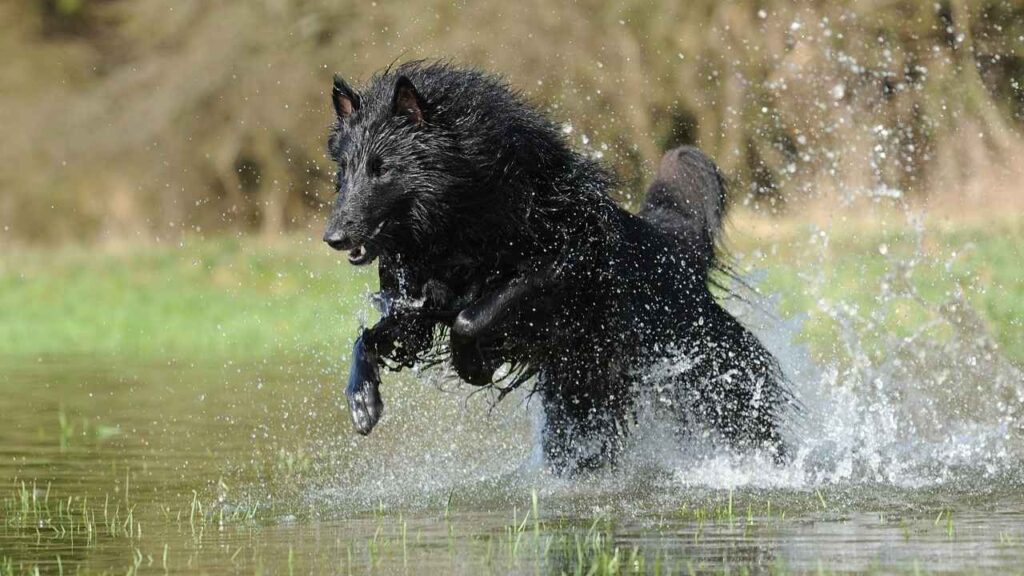
Color and texture details
Both breeds are typically black, but the texture sets them apart. The Sheepdog’s coat has a fuller, feathered look with a soft wave in areas. The Malinois coat is more uniform in texture, short, dense, and built to withstand working conditions without extra bulk, as per Orvis.
Maintenance and Grooming
The Sheepdog’s thick coat needs regular brushing to avoid mats, especially where friction occurs, like under the collar or harness. A wide-toothed rake is often used during shedding season to remove loose undercoat. Malinois grooming is more straightforward with their short-coated build, needing only occasional brushing.
Real-World Grooming Habits
Belgian Sheepdogs typically need more time and tools during seasonal changes due to coat length and density. A short grooming session a few times a week is usually enough for the Malinois. For pet parents who juggle busy routines, coat type can impact how grooming fits into everyday life.

Health Concerns and Expected Lifespan
Genetic health outlook
Belgian Malinois and Belgian Sheepdogs are both resilient dog breeds with active lifestyles that contribute to overall vitality. Still, each breed carries its own risk factors. Malinois can be prone to hip and elbow dysplasia, while Sheepdogs may face thyroid issues or progressive retinal atrophy.
Longevity and physical wear
Both breeds have an expected lifespan of 12 to 14 years, but physical demands can influence aging. Malinois, especially those in working roles, may show joint wear earlier. Sheepdogs, although equally active, often benefit from a slightly steadier pace over time.
Supporting their long-term health
To stay healthy, these breeds require more than daily walks — mental stimulation, regular vet care, and structured routines matter. They thrive best in homes where their needs are anticipated. Consistent human companionship also plays a vital role in keeping both mentally balanced and physically fit.
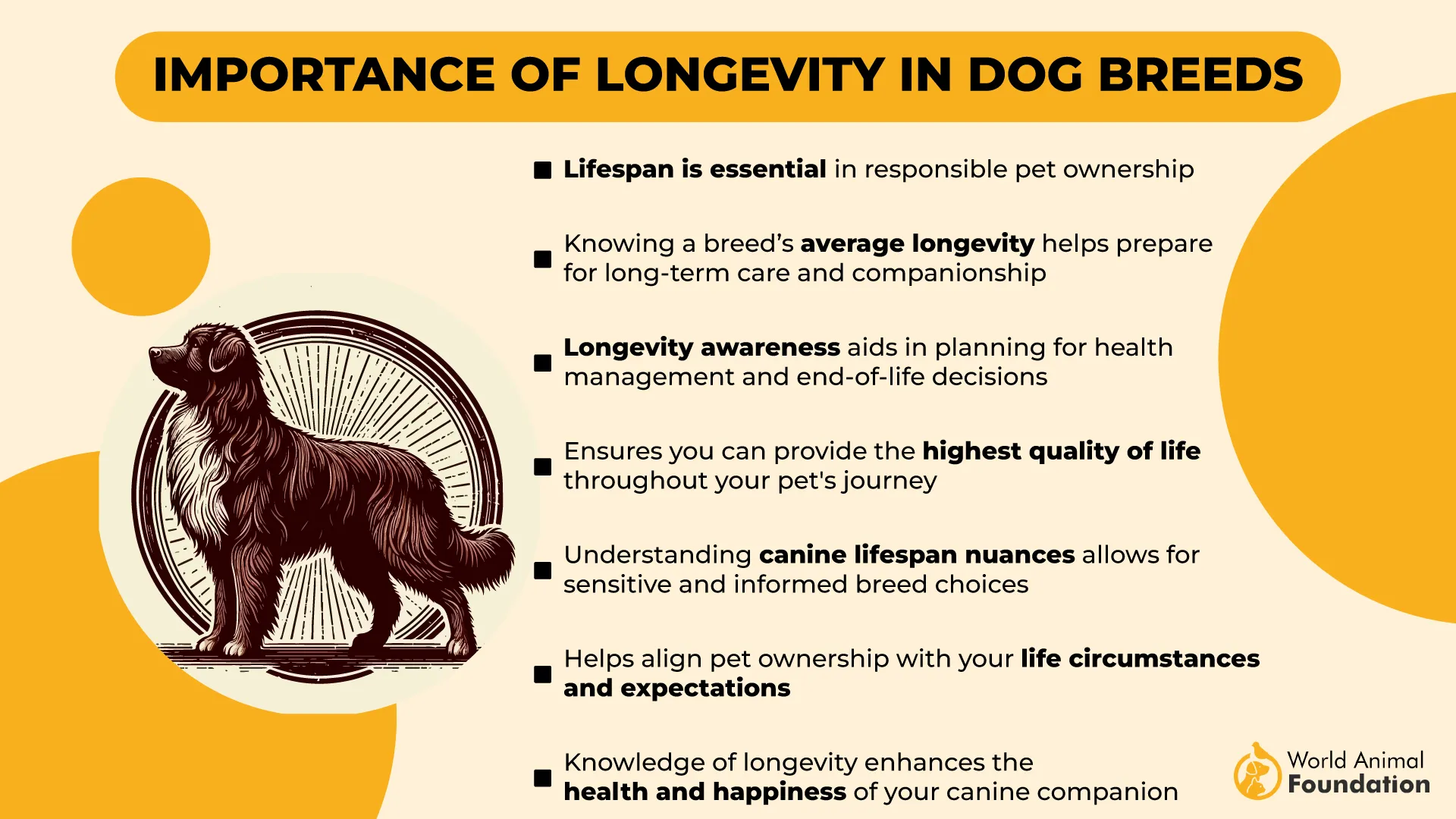
Breed-specific health focus
Sheepdogs may need more frequent eye exams as they age due to breed-linked vision concerns, as WebMD claims. Malinois benefit from early joint screening, especially in high-performance environments. These subtle breed differences help guide proactive care for long-term wellness.
Temperament and General Behavior
Instincts and Core Personality
Belgian breeds are known for their deep-rooted work ethic and sharp instincts. The Belgian Sheepdog tends to be more reserved and observant, keeping a steady eye on its surroundings. The Malinois is bolder, with a drive that pushes it into action with minimal hesitation.
Trainability and Intelligence
Both are highly intelligent, though the Malinois often processes commands quicker and with higher repetition stamina. They are eager to please when mentally stimulated and physically challenged. Without proper outlets, that brainpower can turn into behavioral issues.
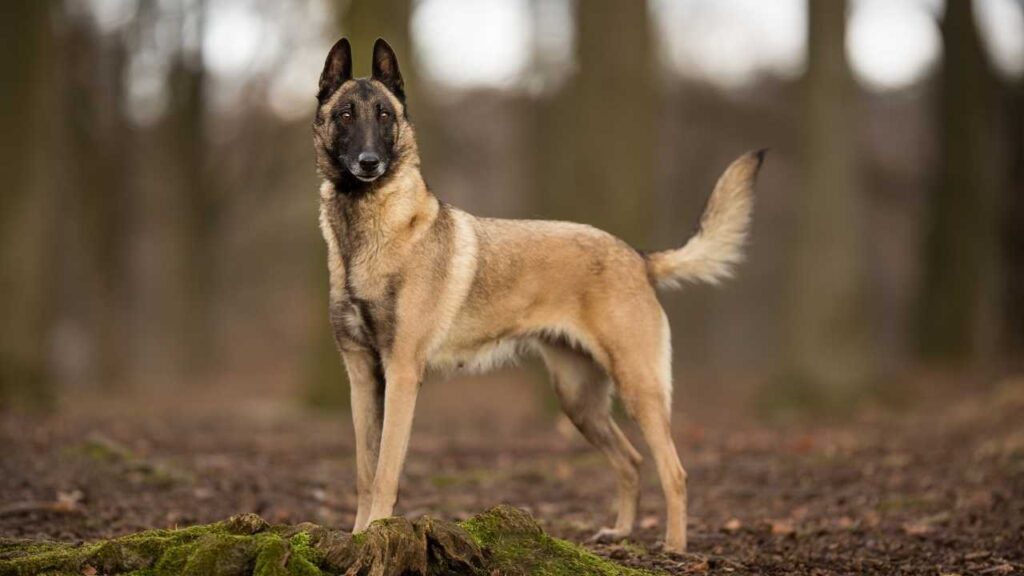
Socialization and Loyalty
Early socialization plays a big role. Sheepdogs may bond with the whole family, while Malinois often attach closely to one person. Both are fiercely loyal and naturally protective of their space. They do best when introduced to other pups and new situations early.
Interaction with Family and Environment
Sheepdogs are more patient with children and thrive in calmer, predictable settings. Malinois, while affectionate, are intense and require experienced handling. Whether you’re raising a pup or managing adult routines, these two demand different types of engagement.
Daily Exercise and Activity Demands
Energy levels and work drive
Belgian Malinois are famously relentless when it comes to activity. They need long sessions of both physical exercise and mental stimulation to stay balanced. The Belgian Sheepdog is also energetic but usually shows a more rhythmic and controlled energy.
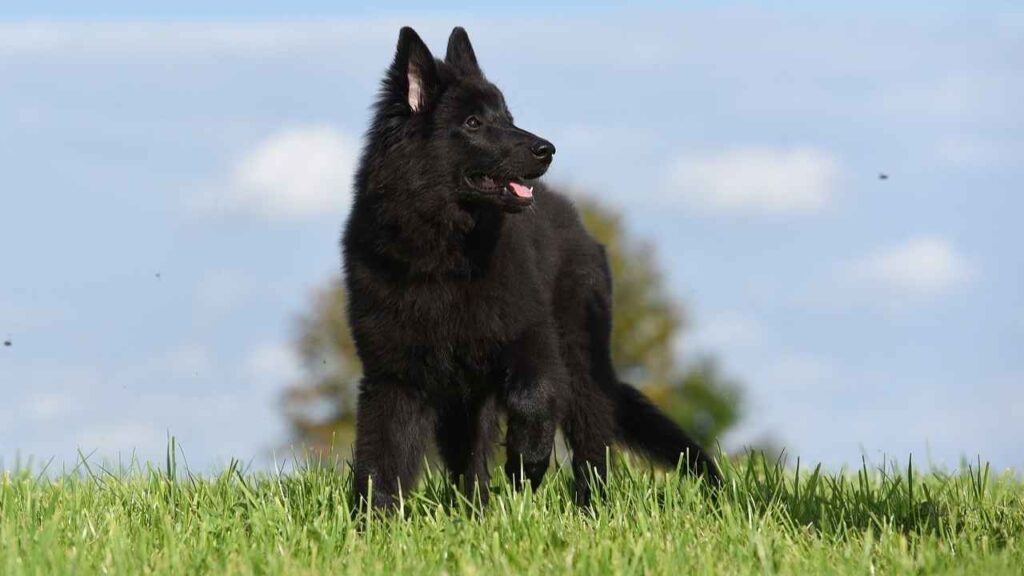
Exercise expectations in daily life
Malinois thrive with high-impact tasks, and their exercise requirements often include agility drills, off-leash sprints, and structured games. Sheepdogs enjoy motion too, but lean toward steady, purposeful movement. Playing fetch with either breed isn’t enough—they need complexity in their routine.
Training through movement
If not properly trained, both breeds can become overly reactive or anxious due to under-exercising. Including dog sports in their routine—like herding trials or obedience work—keeps them mentally aligned. These activities also support impulse control and deepen focus.
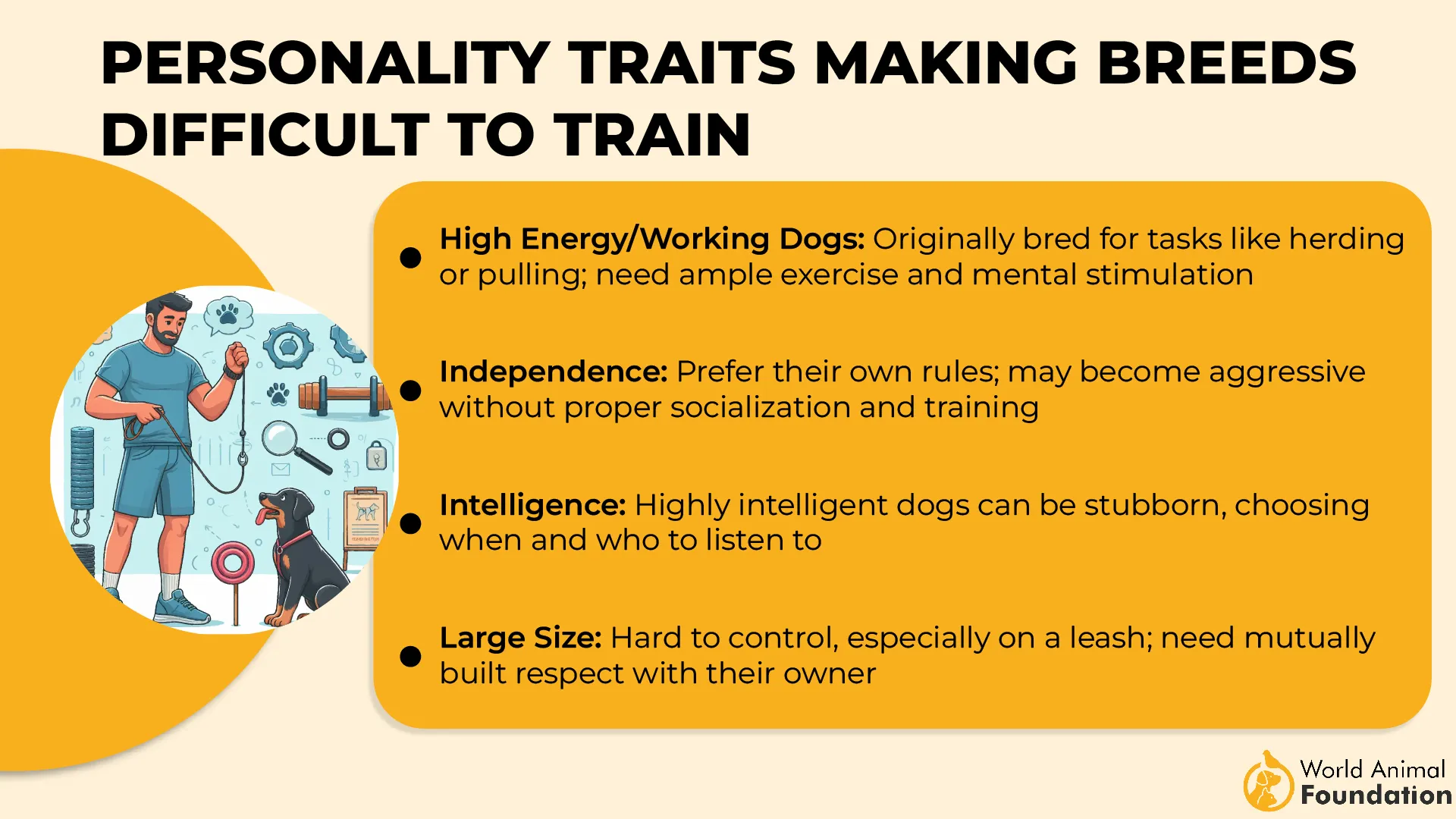
Smart stimulation matters
Both breeds demand more than just physical movement. They excel with puzzle toys, scent work, and problem-solving tasks that deliver serious mental challenges. Without regular exercise and engagement, their intelligence can turn into frustration quickly.
Roles in Service, Military, and Therapy Work
Instincts and Working Drive
Belgian Malinois are known for their relentless drive and sharp responsiveness, making them a top pick for specialized tasks. Their agility, endurance, and ability to make split-second decisions set them apart. Belgian Sheepdogs are intelligent, too, but their working style leans more toward watchful observation.
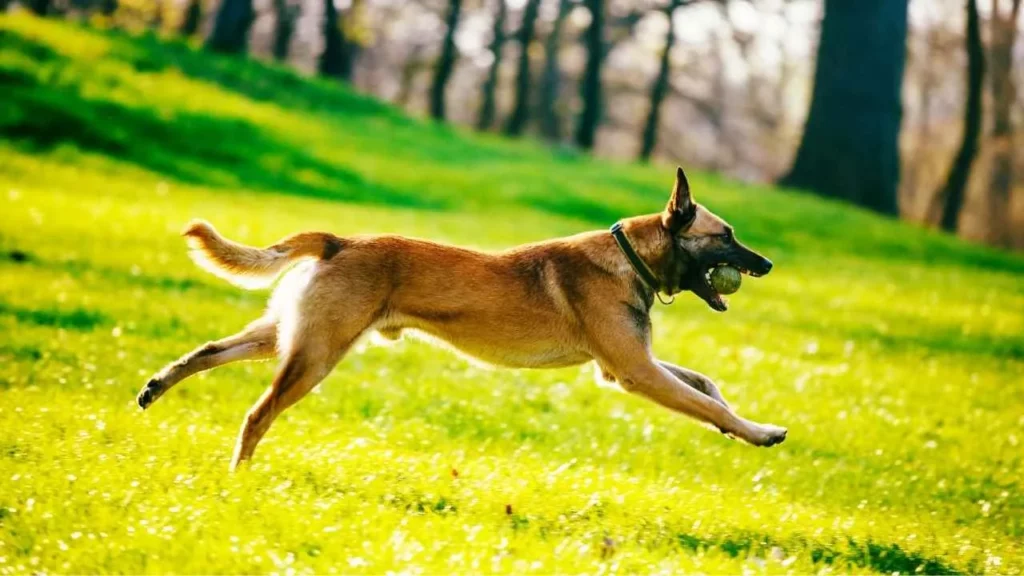
Use in Tactical Operations
Malinois dominate military work due to their speed, trainability, and focus under pressure. They’re often deployed in high-risk scenarios, including airborne missions and explosive detection. Their lighter frame and confident grip also make them effective in protection work and K9 law enforcement.
Therapy and Emotional Roles
The Sheepdog’s gentle temperament and sensitivity make it a better fit for therapy settings. It builds quiet trust with humans, often excelling in roles that require emotional connection. While Malinois may be too intense for passive therapy, they thrive where action and structure are constant.
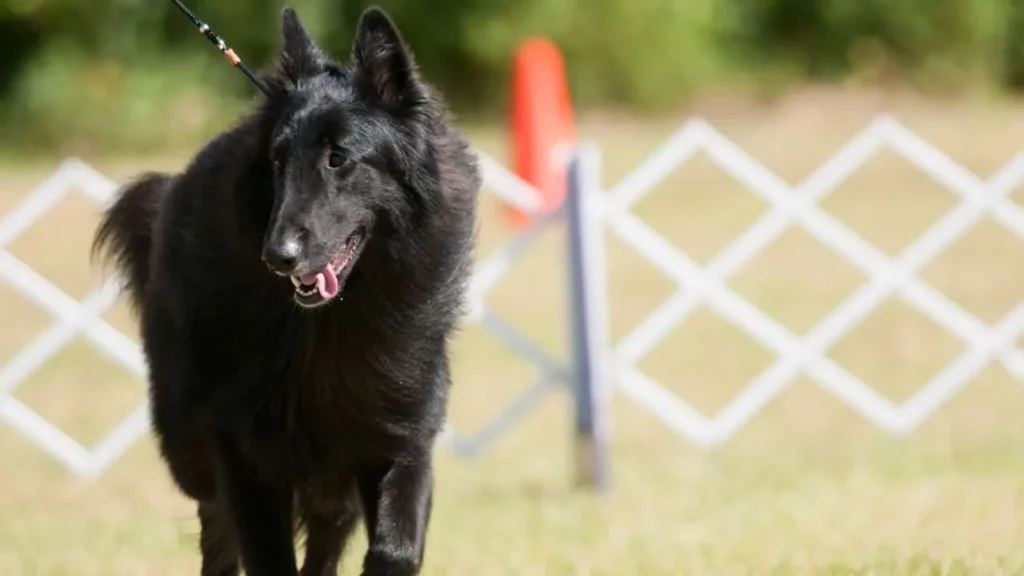
Decision-Making in Roles
Handlers typically choose based on task complexity—Malinois for precise, high-energy execution, Sheepdogs for emotionally driven service roles. Each breed brings strengths tied to its instincts, movement, and mental endurance. The contrast in their working presence helps define how they support human needs.
Conclusion
It’s easy to fall for a face. But what matters is what’s behind it. Belgian Sheepdogs and Belgian Malinois both carry history, strength, and purpose, but that doesn’t mean they fit the same home. One leans into emotion, the other into execution.
While the Malinois dominates in military roles, the Sheepdog shines in emotional awareness and slower, deliberate loyalty. And though both excel in various tasks, mismatched energy can lead to unwanted behaviors over time.
These aren’t puppies you grow into—they’re dogs that need understanding from day one. So don’t just choose with your eyes. Choose with your lifestyle. Because with the right fit, these breeds aren’t just pets—they’re partners built to walk beside you for long periods, through everything.


